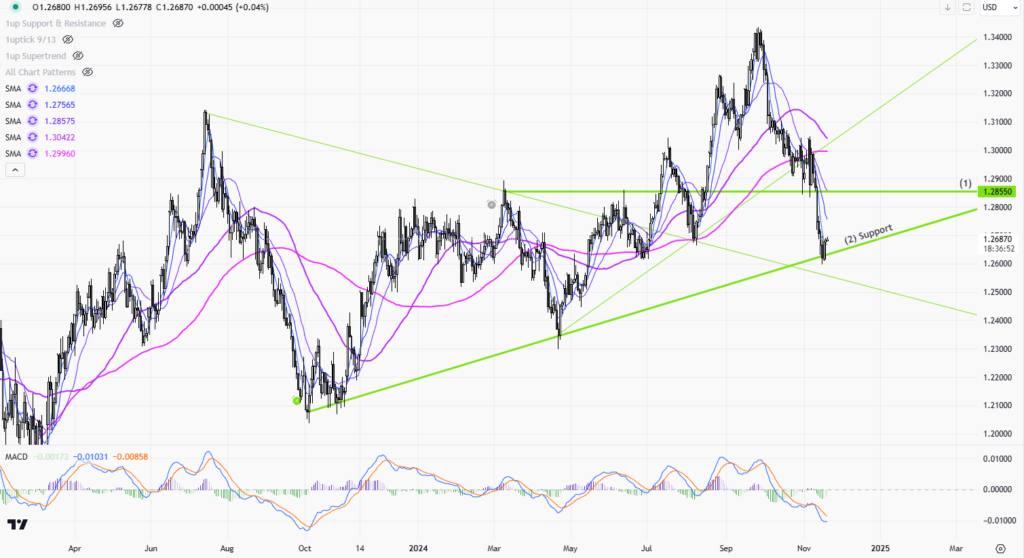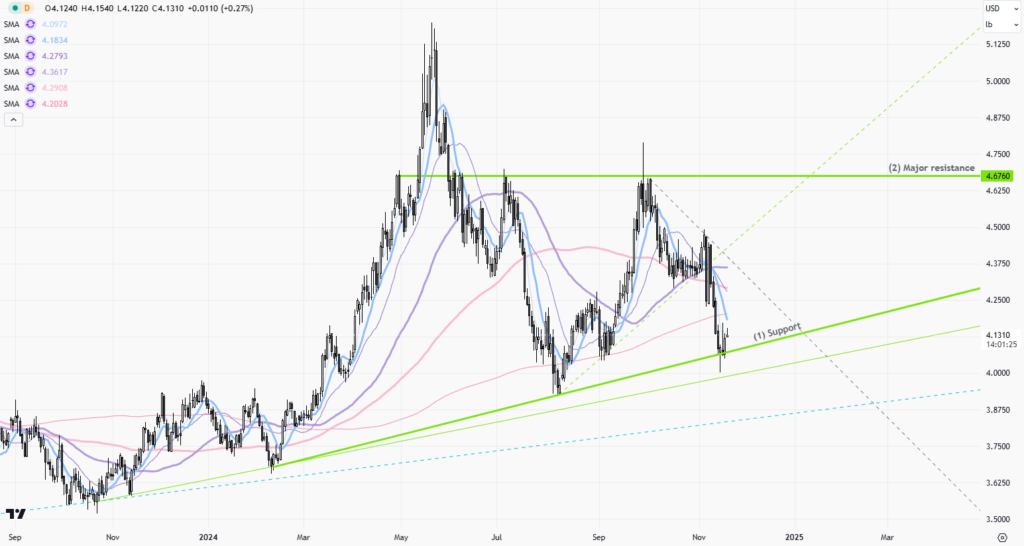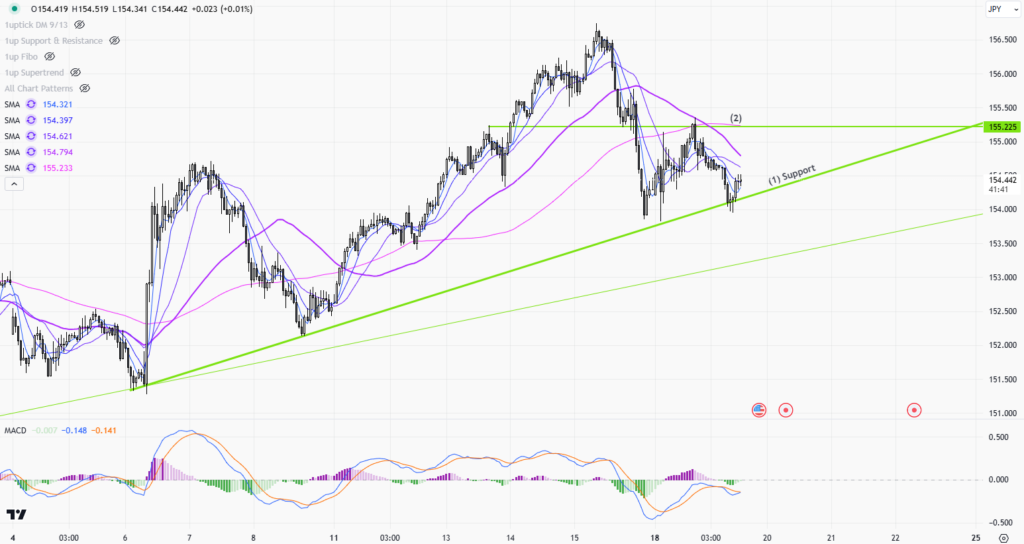 |
| Gold V.1.3.1 signal Telegram Channel (English) |

China’s Trade War Tactics: How Food Becomes a Powerful Weapon
2025-03-10 @ 17:32
China Uses Food as a Trade Weapon in Growing U.S. Trade War
China’s Trade Weakness: A Sign of Economic Strain?
China’s trade performance in early 2025 is showing signs of weakness, raising concerns about the broader economy. Key indicators include:
- Exports: A modest rise of 2.3% year-on-year, which fell short of expectations.
- Imports: A steep decline of more than 8%, signaling reduced domestic demand.
- Tariff front-running effects are fading: Previously, Chinese businesses rushed to complete transactions ahead of U.S. tariff hikes, which temporarily inflated trade figures.
These numbers highlight the impact of the ongoing trade war and the global economic uncertainties surrounding China.
How the U.S. Tariff Hikes are Reshaping Chinese Trade Policy
With U.S. President Donald Trump imposing higher tariffs—including a 10% levy on Chinese goods set to rise to 20%—China is weighing its options for retaliation. The response could include both tariff and non-tariff measures, signaling a tougher stance against U.S. economic pressure.
One of the key strategies under consideration is targeting U.S. agricultural and food products. Given the reliance of American farmers on Chinese markets, these measures could have widespread economic and political implications for the United States.
Why Agricultural and Food Products Are China’s Best Weapon
Agricultural products have historically been one of China’s go-to retaliation options in trade disputes. Here’s why:
- Targeting Political Constituencies: Many American farmers rely on agricultural exports to China. Any disruption in trade could create pressure on Washington policymakers.
- Economic Impact: The U.S. is a major global food exporter. Restrictions or tariffs imposed by China could lead to lower prices and losses for American farmers.
- Leveraging Supply Chains: China can shift its purchasing power to alternative suppliers, reducing reliance on U.S. goods.
By using food as a trade weapon, China is aiming to counteract the effects of U.S. tariffs while sending a clear message to the Biden administration.
How China is Maintaining Economic Growth Amid Trade Turmoil
Despite growing trade tensions with the U.S., China is determined to keep its economy on track. The government has outlined an economic growth target of around 5% for 2025, sticking to the pace set in the previous year. To achieve this goal, Beijing is employing strategies such as:
- Government stimulus spending: Injecting capital into infrastructure and public projects.
- Diversifying trade relationships: Expanding economic partnerships with countries beyond the U.S.
- Encouraging domestic production: Strengthening local industries to reduce reliance on imports.
While these strategies can help buffer the economy, uncertainties over trade and global demand remain a challenge.
Manufacturing Struggles Amid Tariff Pressure
China’s manufacturing sector has seen a temporary boost in early 2025 as buyers rushed to beat the imposition of higher U.S. tariffs. However, experts warn that this uptick is short-lived.
Key indicators:
- February manufacturing orders surged, but the overall trend suggests slowing growth.
- Purchasing Managers’ Index (PMI) data indicates a temporary business expansion that could soon reverse.
- Caixin manufacturing PMI reports reveal continued uncertainty in business sentiment.
With prolonged tariff issues, China’s industrial activity could face instability, limiting economic growth in the coming months.
Consumer Spending and Domestic Economic Strategies
China is prioritizing domestic consumer spending to counteract weakened global trade. This shift has been particularly critical following the economic disruptions caused by the COVID-19 pandemic. Some of the top measures include:
- Support for private sector businesses: Encouraging investment in local enterprises.
- Boosting targeted expenditures: Allocating resources to industries that drive economic growth.
- Made in China 2025 Initiative: As this initiative enters



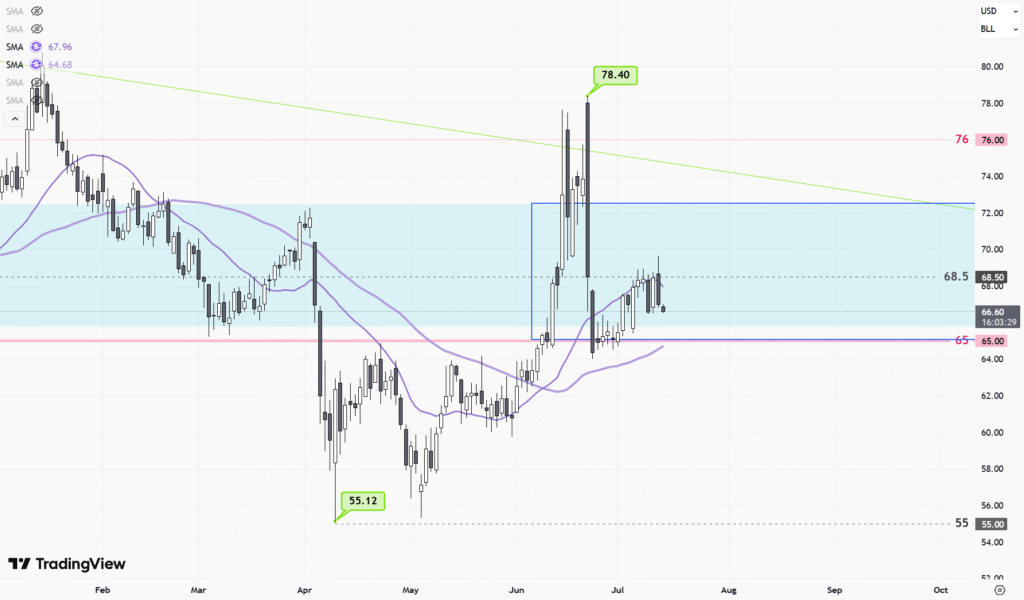
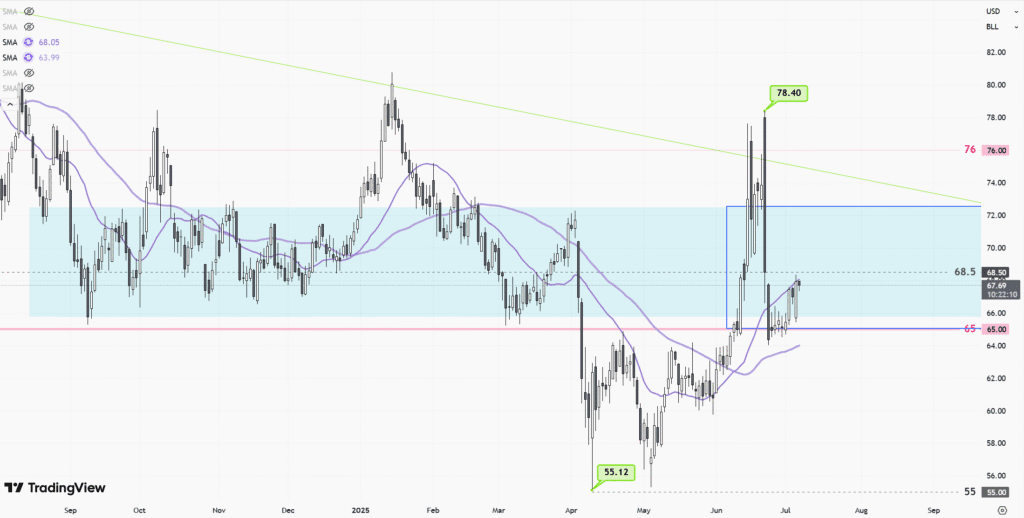
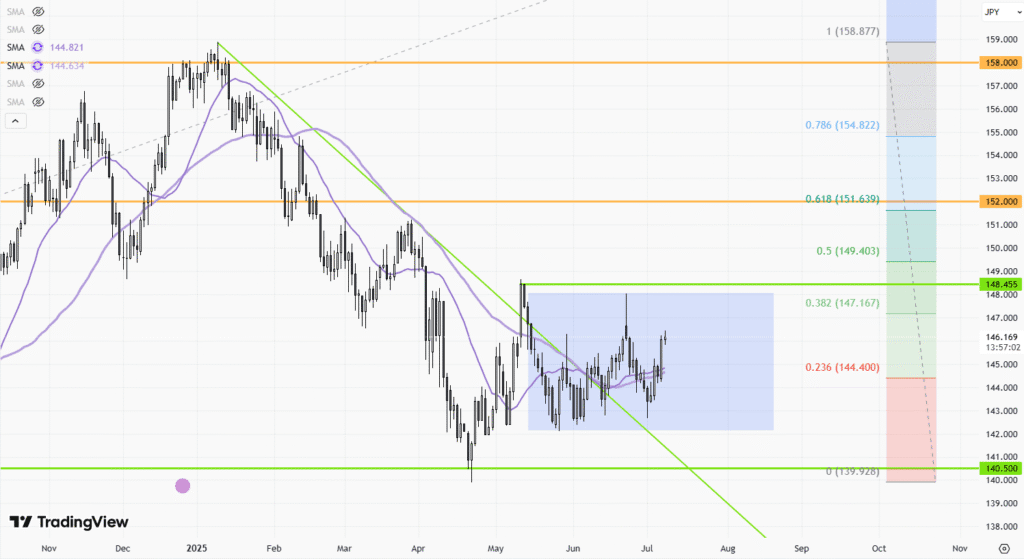
![[Daily Closing 🔔] Gold – Gold Prices in New York Swing Sharply as Geopolitical Tensions and Dollar Strength Drive Market Uncertainty](https://int.1uptick.com/wp-content/uploads/2025/05/2025-05-22T235933.071Z-file-1024x576.png)
